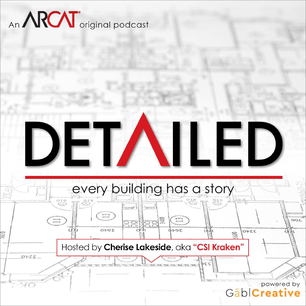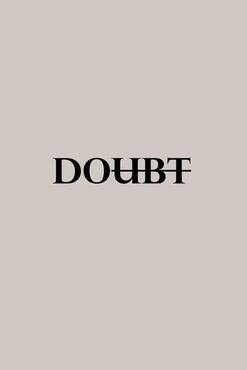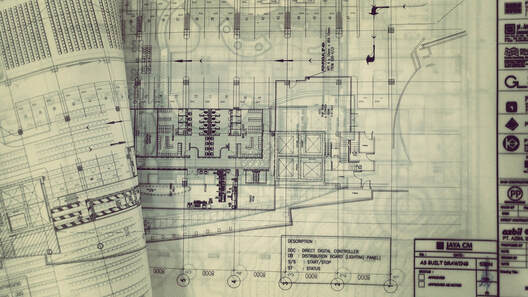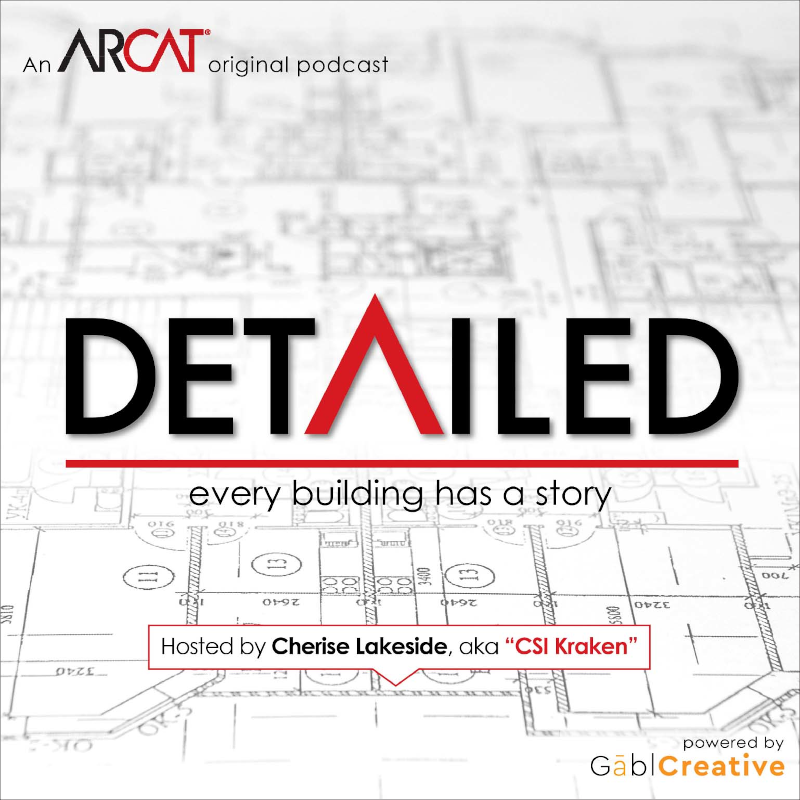Architecture stories to help you tackle your next detail.Along the process of design and construction, incredible stories of conflict and triumph emerge in pursuit of the broad vision for a building. Detailed is a series that features architects, engineers, builders, and manufacturers who share their insight and expertise as they highlight some of the most complex, interesting, and oddest building conditions that they have encountered, and the ingenuity it took to solve them. Join host, aka CSI Kraken, a Senior Specification Writer at RDH Building Science, as she uncovers lessons learned to help you navigate similar challenges that may arise in your next project.
The podcast can be listened to on the ARCAT page here. We'll always have the link on the blog sidebar here ---> Listen in on Spotify here. Listen in on Apple Podcasts here. If you have an interesting challenge or project you’d like to share, click here.
13 Comments
Contributed by Eric D. Lussier If you were a frequent reader to the "Let's Fix Construction" blog, you have, or at least I hope you have, wondered where the new posts and contributions have gone. So do I.
Fourteen months removed from a monumental change to ALL of our lives, I have found myself more disconnected at times now than at any point in 2020. And that is just as the glowing light at the end of the tunnel seems to be brighter than ever. We're good to live a life unmasked IF you're vaccinated. Live concerts are returning. New cases are not the lead story on the news. A return to norm seems to be right in front of us. But, what will be the new norm? Will offices go back to full capacity? Will you ever have an employer again that questions the work from home model? Will we be more apt to jump on a Zoom to connect with someone? Will virtual events be the standard and in-person be the exception? I don't know the answers. I have struggled many times with where to bring this website and blog. The content that at one time flowed from contributors, including myself, has slowed. The energy and time to curate was getting harder and harder to find and that was before a global pandemic fundamentally changed everything we did. I, like many, hit a time of rock bottom in 2020. It turned out to be a rollercoaster of a year, and it included many highs and many lows. 2021 started much the same and I've experienced more emotions on a personal level than I anticipated after "surviving" 2020. I continue to look within, try to re-establish the groove that I found at times last year, and find it harder and harder to do so. What does all of this have to do with "Let's Fix Construction"? Well, for background, the LFC movement was never about one person or one voice. It was always about the long list of contributors, whether they were a one-time poster, or offered multiple titles. As I internalize about which direction to push the website, I know that I don't want to be a one-voice channel, nor do I want it to only be about flooring. Meanwhile, I also recognize that through the voices of myself and others, that a destination has been established here for true form and proper function with the AEC industry. As business was booming within the construction industry a few years ago, I saw firsthand how the knowledgeshare went from a giving model to almost an SEO-model. Meaning those that I relied on for words and thoughts were doing so from their own freewill, and because they wanted to give. And when time became harder to find to continue to give, priorities were shifted elsewhere - to business, to family, to living. Myself included. So, as I plot out a future for "Let's Fix Construction" that I hope looks like pre-pandemic days, I ask for advice. What would you like to see going forward on these pages, in person and on airwaves? Are you consuming more podcasts and less blog reading now? Do you still look to the written word? How are you finding your trusted advisors? Please comment below or reach out to [email protected] and I look forward to hearing from you.
Contributed by Eric D. Lussier
Hi.
It's Eric. Yeah, it's been a while. I know. I'm sorry. Please accept my apology? Thank you. I could use your help. As many in the AEC (Architecture/Engineering/Construction) industry face a return to some sort of office-life, normalcy or jobsites after COVID-19, I wanted to take this time to use your knowledge, experience and assistance in matters that are near and dear to my professional life, concrete and flooring finishes. Concrete moisture, surface planarity, adhesives, new products, lack of training and the skilled labor shortages are quite possibly just the tip of the iceberg when it comes to what many of us deal with on a daily basis. I would VERY MUCH appreciate it if you could take just three minutes to answer three different questions as it pertains to concrete and flooring. The best part is you can remain completely anonymous if you wish. Don't feel like answering this Google Form? Then please email me at [email protected] or send a video or text to me at 802-922-8407. I cannot thank you enough. I'm excited to read your replies. Contributed by Eric Hardenbrook After reading last week's post, 'Where Did the Good Drawings Go?', I wanted to comment. I tried to formulate a way to squeeze all the things I wanted to say into that little comment box while remaining coherent. It just didn't work, there was simply too much to say. Rather than piling on or picking specific pieces to react to, I need to go in an additional direction that dovetails with what that article had to say.
Architecture schools need to adapt or die. An alternate path to obtaining a license for technical architecture should be created and contain mandatory time at a construction site as a graduation requirement. If you have a problem with your foot, you don't go see a cardiologist. The medical profession figured it out, architecture should too. Why do I have to see a designer if my needs are technical when it comes to my building? There should be room for both. The question of the drawings is what I found particularly vexing. I was delighted that we at least are not blaming the software at this point. A carpenter shouldn't blame the hammer if the cabinets are crooked. What are you looking at when you say 'drawings' these days? Are you holding one sheet of paper? A roll of drawings? An iPad or a smart device or a laptop? Did you get the whole set of drawings or just the parts that were deemed to pertain to what you're working on, without regard to where those references come from? Better, do you have a screen in the job trailer with a junior member of the team 'driving' you around a three-dimensional view of the project? Where did that model come from? Who made the decisions on all the parts that model was created from? In short ~ when you say 'drawings', what are your expectations? That brings us to the expertise part. When you – or anyone really – are signing a deal, what are you agreeing to? Yes, there's all that so-called standard language at the front end of the spec, but is the AIA E203 or G201 included in the contract documents? Have you discussed any of what is in those with your team? And not just your own office, but any consultants you might be working with? When those items are part of the mix, you are saddling the team with very specific technology requirements along with 'just making drawings'. Contributed by Jeffrey Potter I recently was listening to a construction podcast where one of the topics briefly discussed was how terrible drawings have become. More like copy and paste, drag and drop type documents. This isn’t the first I have heard this, but this time, I stopped to think why. Why has an industry that was known for perfection and being detailed oriented now being referred to by a Contractor of almost the opposite? Well, personally I think it comes down to several areas where Architecture has failed.
The first, and probably, the most unpopular, as I’ll get some disagreement across the board is with Architecture school programs. Note, I am addressing what I see comes out of the local college Architecture programs, not everyone single one. I also didn’t go through an Architecture program, but I see what it is and what it focuses on and what it doesn’t focus on. Architecture school focuses on design and theory where students are almost suffocated with the amount of work they have to do. All the interns and recent new hires I ask, say they get about one semester of professional practice, but that no one pays attention because it doesn’t matter, and they have to spend more time on their design classes. Now design is great, it needs to be taught, it needs to be understood, because design gets you the “W”. If a firm puts out crappy designs, they are not getting Work. So, design is a huge component. However, I think the technical aspect of the profession is missing and contributing to the overall thought that construction drawings are terrible. These young students come out of school with no technical training. They are expected to learn this technical training, which is a huge part of the job, on the job from others. I have had conversations with PM level employees or employees who have been in this industry for a long time that don’t know what specs are, how to read them, or how they relate to their drawings!!! Are you kidding me!!!?? We expect these young professionals to be the production and the Project Architect to direct the technical aspects of the project, but what if the Project Architect has no idea either or is a poor teacher? How are these young professionals supposed to learn!? Many firms don’t invest in the training needed to learn and fully understand the implications of their Work. They have no idea that one simple mislabeled keynote could cost their firm thousands if not tens or hundreds of thousands of dollars. |
AboutLet's Fix Construction is an avenue to offer creative solutions, separate myths from facts and erase misconceptions about the architecture, engineering and construction (AEC) industry. Check out Cherise's latest podcast
Get blog post notifications hereArchives
March 2022
Categories
All
|





 RSS Feed
RSS Feed
